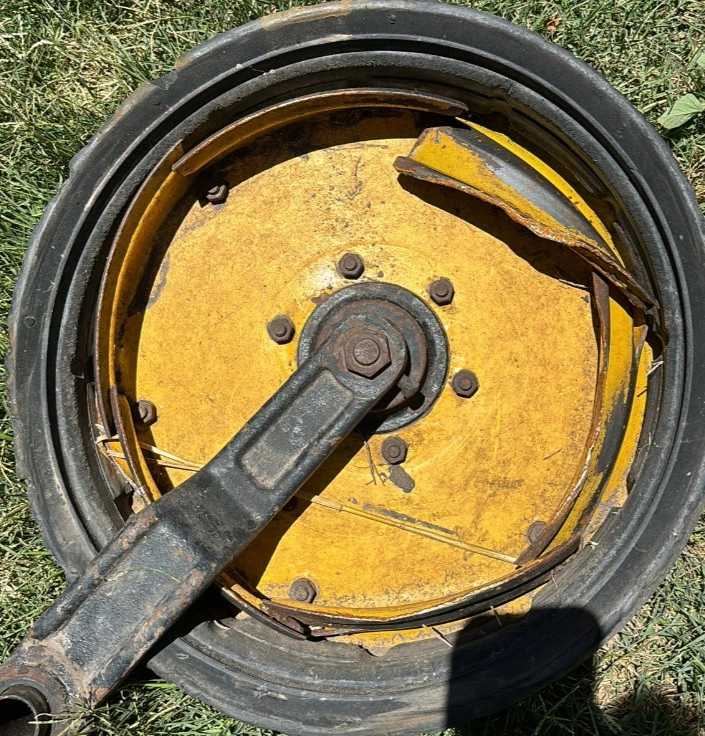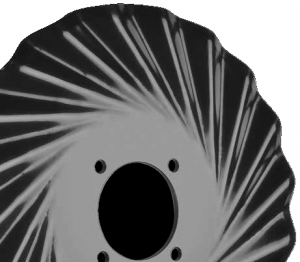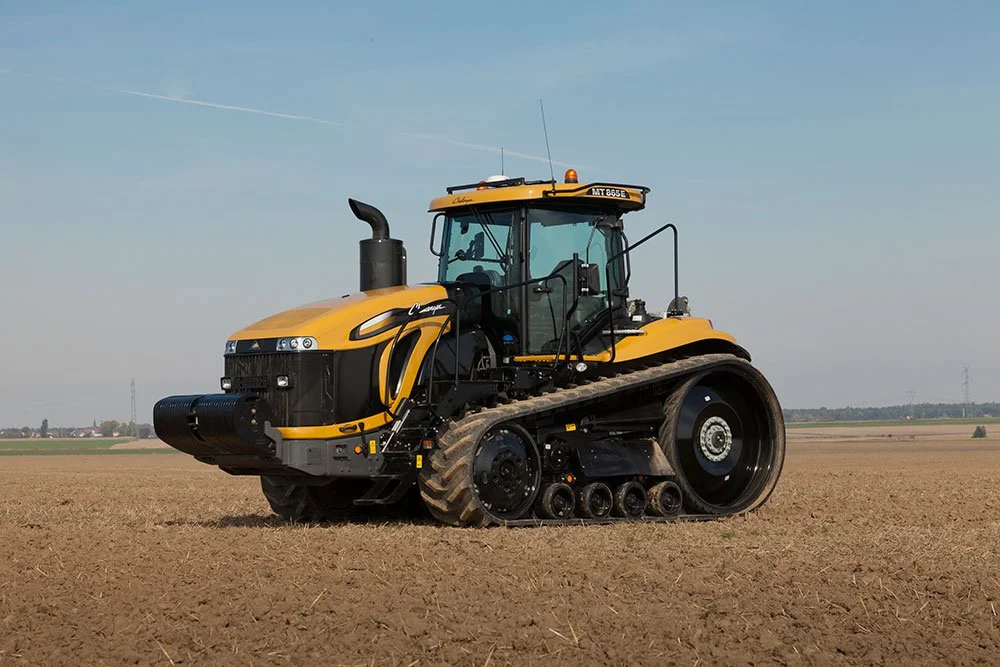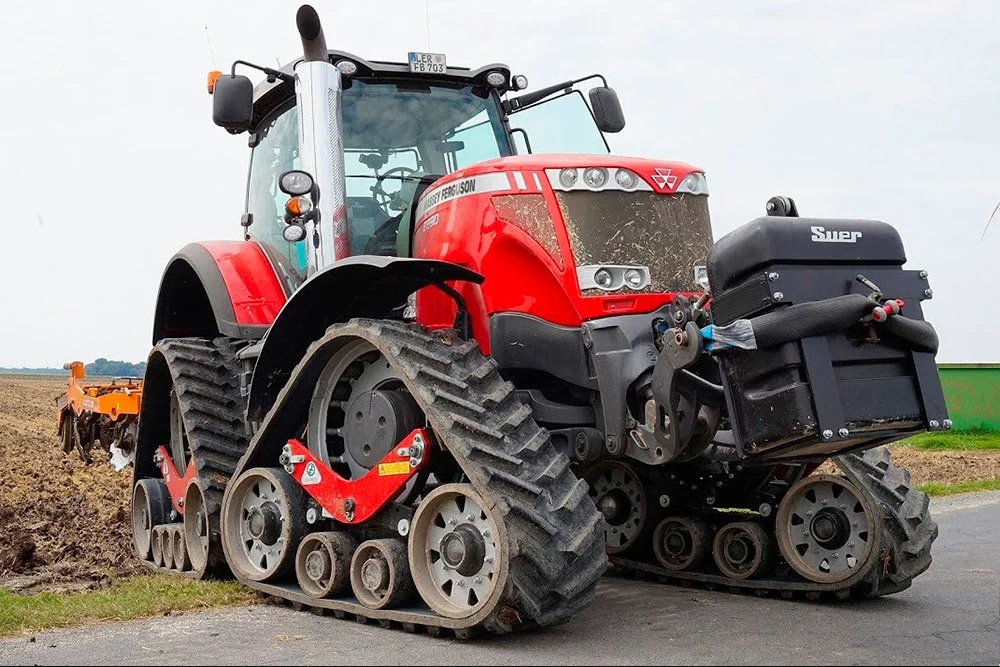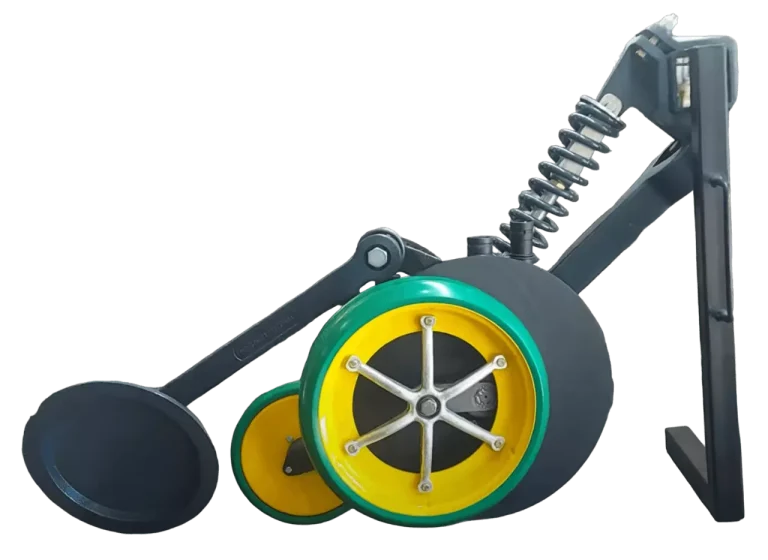Which row-Unit Is Best For You?
In the realm of modern agriculture, selecting the right equipment is crucial for maximising productivity and achieving optimal crop yields. A key consideration is the type of seeding unit to employ. Two common choices are the single disc and double disc, each with its unique features and benefits. In this article, we’ll delve into the differences between these two seeding units and help you determine which is best suited for your needs.

Single Disc: Precision And Efficiency
The single-disc seeding unit is renowned for its precise seeding. Its design ensures an even seed distribution in the soil, ensuring each seed is placed at the optimal depth for germination and growth. This precision prevents seed overlap and wastage, leading to uniform crop establishment and greater yield.
Besides its precision, the single disc offers efficient tilling. Thanks to its streamlined design, it faces less resistance when moving through the soil, enabling it to operate at higher speeds and cover larger areas in less time. This feature is particularly valuable for farmers looking to optimise their time and resources during the planting season.
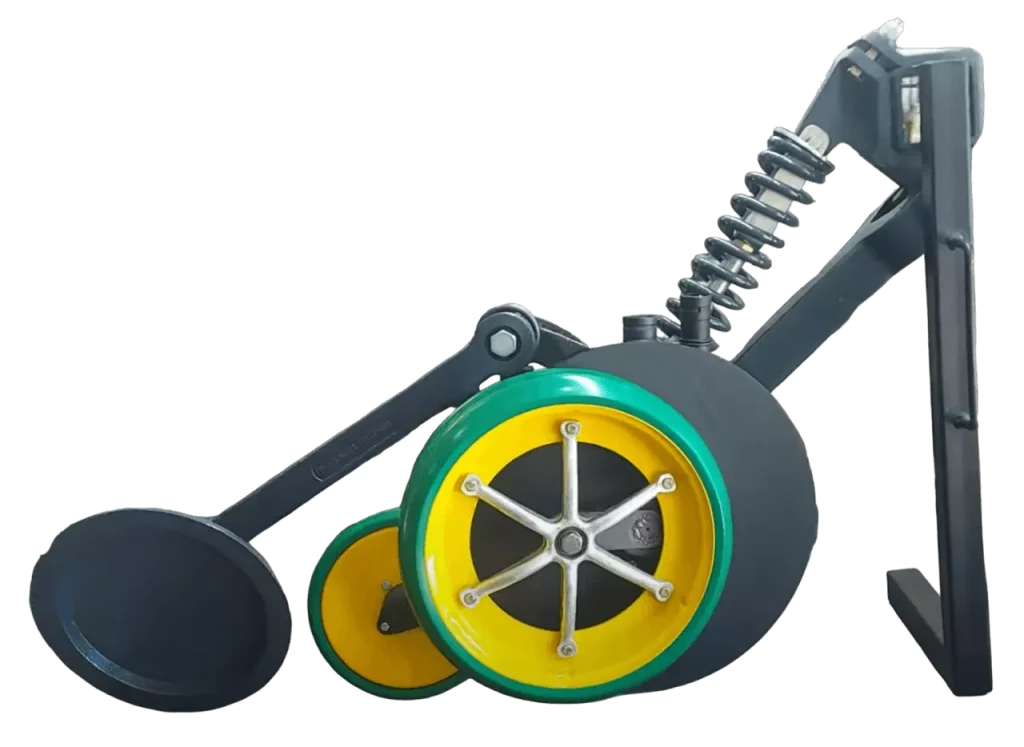
Double Disc: Versatility And Seeding Depth
Conversely, the double-disc seeding unit also has its merits. A primary advantage of the double disc is its versatility in seeding different crop types. It can accommodate seeds of varied sizes and shapes, giving farmers more flexibility in choosing which crops to plant in their fields.
Another standout feature of the double disc is its ability to achieve greater seeding depths compared to the single disc. This is particularly beneficial in harder soils or challenging weather conditions, where deeper seeding can promote early root development and enhance plant resilience.
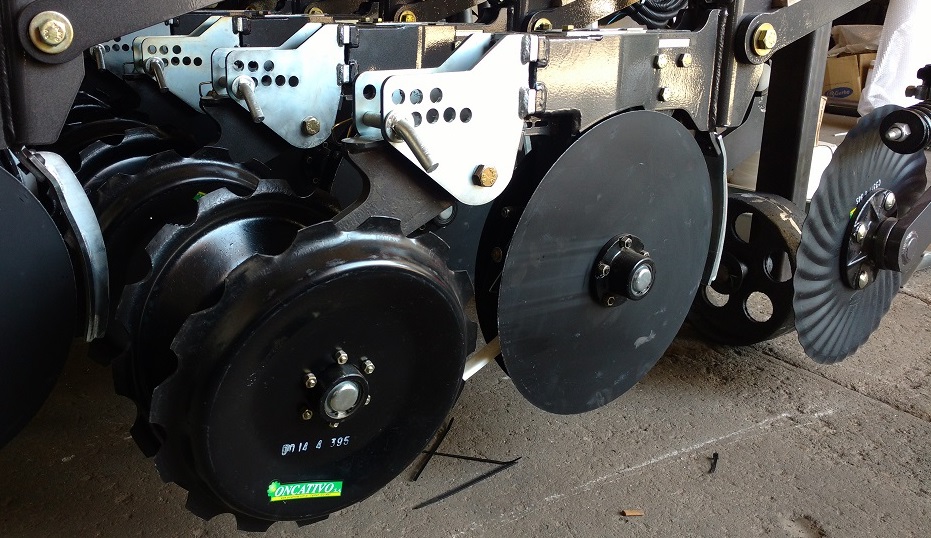
Which Seeding Unit Is Best For You?
The double-disc seeding units, being an integral part of seed drills, come with their pros and cons. Here are some of the main drawbacks associated with double-disc seeding units compared to single discs:
Maintenance Cost: As you’ve pointed out, double-disc seeding units can be twice as costly to maintain as single discs due to their more intricate design, having two discs instead of one. This can require more time and resources for maintenance, with replacement parts potentially being pricier.
Increased Power Consumption: Double-disc units typically demand more power to run because of the heightened resistance and friction from the presence of two discs. This could raise the fuel consumption of tractors or other power vehicles, potentially leading to higher operational costs.
Reduced Working Speed: The increased complexity and energy needed for double-disc units might lower their working speed compared to single discs. This can diminish efficiency, especially over large land expanses.
Additional Weight: Double-disc seeding units tend to be heavier than single discs, which can increase the effort needed to pull the seed drill, potentially causing a rise in fuel consumption.
Potential Soil Compaction: The increased pressure exerted by double-disc units might cause more soil compaction in certain circumstances, negatively impacting soil health and plant growth.
More Complicated Adjustments: Double-disc seeding bodies may require more frequent and meticulous adjustments to ensure accurate seeding. This can be more time-consuming and require greater skill on the operator’s part.
Less Efficient on Heavy or Wet Floors: Double discs can have problems on heavy or wet floors, where the extra friction and resistance can make it more difficult for the discs to cut and penetrate the floor.
The choice between single-disc and double-disc will depend on several factors that must be carefully considered:
Type of Crop
If you have a variety of crops on your farm, the double-disc may be the better option due to its ability to adapt to different types of seeds. However, if you primarily focus on a single crop and value precise and uniform sowing, the single-disc may be more suitable for your needs.
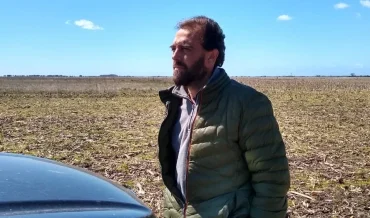
Soil Conditions
Consider the type of soil in your field. If you work on harder or drier soils, the double-disc can provide deeper sowing to help seeds establish roots in search of moisture. On the other hand, in looser soils or with less resistance, the single-disc can offer more precise and uniform sowing.
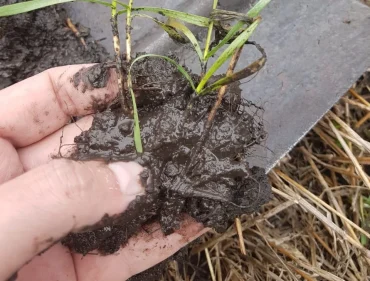
Working Speed
If you aim to cover large expanses of land in a short time, the single-disc may be the preferred choice due to its efficiency and ability to work at higher speeds. However, if speed is not a critical factor in your operation and you value versatility in sowing, the double-disc may be an excellent option.
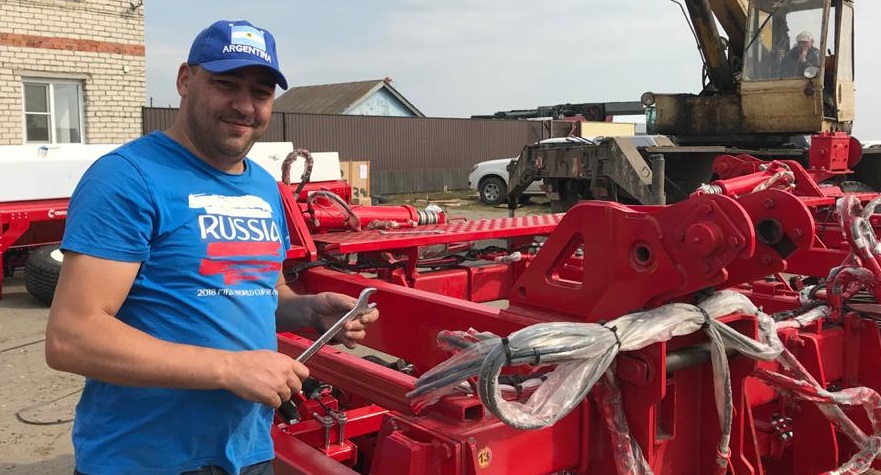
Conclusion
In summary, while double-disc sowing bodies may offer benefits in terms of precision and the ability to handle different soil types, these advantages may come with drawbacks in terms of maintenance costs, energy consumption, working speed, and other operational considerations. The choice between double-discs and single-discs will depend on the specific conditions of the operation and the farmer’s objectives.
It’s essential to carefully assess your cropping conditions, soil type, crop variety, and tillage priorities to make an informed decision. Consult with agricultural experts and machinery providers for additional advice to ensure your choice is the most appropriate to maximize the yield and success of your farm.



